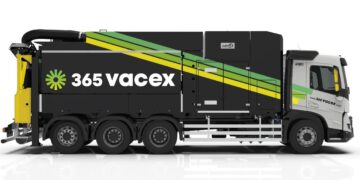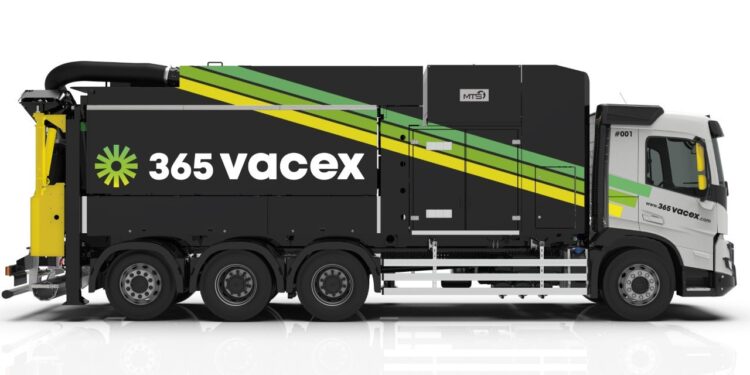Introduction
In the world of excavation and construction, precision, safety, and efficiency are paramount. Traditional excavation methods involving heavy machinery and manual labour have their limitations, including the risk of damaging underground utilities and infrastructure. Vacuum excavator solutions, however, are changing the game. These advanced machines are redefining the way we dig, offering a safer and more environmentally friendly alternative to traditional methods. In this blog, we’ll explore the innovative world of vacuum excavator solutions and how they are transforming industries.
The Basics of Vacuum Excavation
Vacuum excavation, often referred to as “vacuum digging” or “potholing,” is a non-destructive digging method that utilizes high-pressure air or water to loosen and break up soil, which is then simultaneously removed using a powerful vacuum system. This process allows for the precise and controlled excavation of soil, exposing underground utilities, pipelines, and other sensitive infrastructure without the risk of damage.
Key Benefits of Vacuum Excavator Solutions
Safety First
One of the most significant advantages of vacuum excavation solutions is the enhanced safety they provide on worksites. Traditional digging methods, such as backhoes and trenchers, carry a high risk of damaging buried utilities, leading to costly repairs and potentially dangerous situations. Vacuum excavators, on the other hand, significantly reduce the risk of accidental utility strikes, making them a safer choice for both workers and the community.
Environmental Friendliness
Vacuum excavation is not only safer but also more environmentally friendly. Traditional excavation methods can release harmful dust and fumes into the air, contributing to pollution and environmental degradation. Vacuum excavators, by contrast, generate minimal environmental impact. They use water or air to displace soil, reducing the release of pollutants and minimizing soil disruption.
Cost Efficiency
While vacuum excavation solutions require an initial investment, they often lead to cost savings in the long run. The reduced risk of damaging utilities and infrastructure means fewer costly repairs and legal liabilities. Additionally, the precise digging capabilities of vacuum excavators result in less soil removal, reducing disposal costs.
Increased Efficiency
Vacuum excavators are highly efficient machines. They can complete excavation tasks more quickly and with greater precision than traditional methods. This increased efficiency translates to shorter project timelines, reduced labor costs, and improved project management.
Applications of Vacuum Excavator Solutions
- Utility Locating: Vacuum excavators are invaluable for locating and exposing underground utilities such as gas lines, water pipes, electrical cables, and telecommunication lines.
- Trenching: They can create trenches for various purposes, including laying utility lines and installing drainage systems.
- Potholing: Vacuum excavators are used to dig small holes or “potholes” to verify the presence and location of underground utilities before larger excavation begins.
- Cleaning and Maintenance: These machines are also useful for cleaning out catch basins, removing debris from stormwater systems, and performing regular maintenance on underground infrastructure.
Conclusion
Vacuum excavator solutions are revolutionizing the excavation and construction industries by prioritizing safety, environmental responsibility, and efficiency. As technology continues to advance, these machines will only become more sophisticated, offering even greater benefits to those who utilize them. Whether you’re a contractor, utility company, or project manager, considering vacuum excavation as a standard practice is a forward-thinking decision that can save time, money, and lives. As we embrace these cutting-edge solutions, we can look forward to a future where excavation is safer, more precise, and kinder to our environment.









































